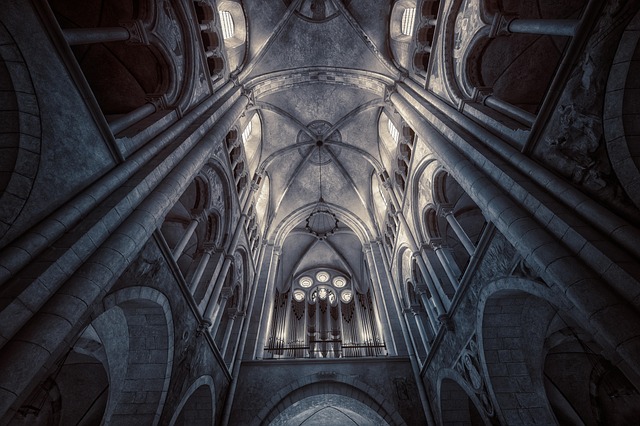Understanding Positive Space in Drawing
When we sketch, every line and shape we place on the page claims its own territory. This territory is what artists refer to as positive space—the area occupied by the subject itself. By consciously shaping positive space, we invite our viewers into a more intimate dialogue with the artwork. It’s where the essence of form, texture, and presence come alive.
Positive Space in Fine Arts: Beyond the Canvas
From the bold silhouettes of Renaissance sculptures to the sleek contours of modern abstract paintings, fine arts have long celebrated positive space. Consider how Caravaggio used dramatic lighting to carve figures out of darkness, or how Ellsworth Kelly distilled shapes into pure, colorful forms. These masters understood that the area you fill can speak louder than the area you leave blank.
Cultural Perspectives on Space and Form
Across cultures, the interplay between filled and empty areas carries deep meaning. In Japanese ink wash paintings, or sumi-e, the empty white paper is as important as the brushstrokes themselves, representing air, emotion, and unspoken stories. In Islamic geometric patterns, intricate shapes are tessellated to convey unity and infinity. These traditions remind us that positive space doesn’t exist in isolation—it’s part of a cultural dialogue.
Practical Tips for Embracing Positive Space in Your Drawings
- Start with Silhouettes: Block in the basic shape of your subject before adding details. This trains your eye to see large forms first.
- Balance Fill and Void: Pay attention to the relationship between the areas you fill and the untouched background. Aim for harmony, not clutter.
- Use Contrasting Values: Dark tones in your positive space against lighter backgrounds can create a powerful focal point.
- Refine Edges Selectively: Sharpen the edges of important elements and soften those in the background, guiding the viewer’s gaze.
- Experiment with Scale: Altering the size of your positive spaces can dramatically shift the emotional impact of a composition.
Integrating Positive Space into Contemporary Art Practices
Today, artists blend traditional drawing techniques with digital tools to reimagine positive space. Whether you’re creating mixed-media collages, 3D installations, or interactive digital sketches, the principle remains the same: every mark on your work should claim its spot with intention. By embracing positive space, you transform blank surfaces into vibrant conversations between your art and the audience.




